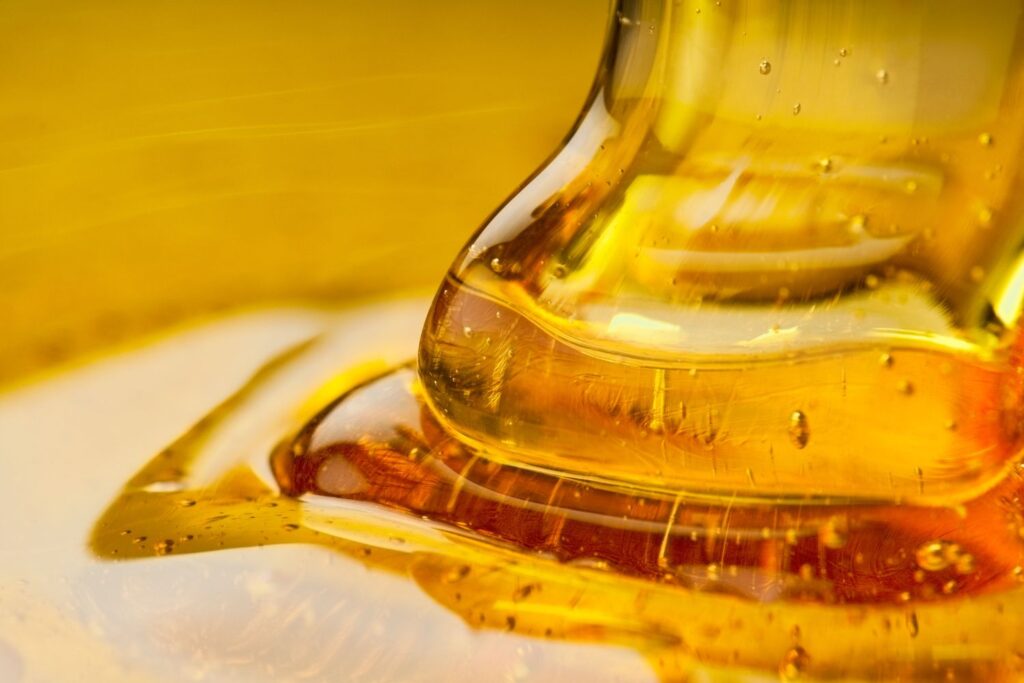Why is Manuka honey so effective for healing wounds
Manuka honey uses a complex synergistic approach to wound healing. The qualities of honey work together to clean the wound, inhibit and kill bacteria while also stimulating the growth of healthy skin. These synergistic qualities include high Osmotic force, antioxidant and anti-inflammatory compounds, powerful hydrogen peroxide releasing enzymes and the unique bioactive antibacterial superstar, MGO.5
Protective Barrier and Osmosis
Raw honey is a dense liquid and has humectant properties which when applied to the skin and wounds keeps them moist. The density of honey also creates a surface layer that inhibits the entrance of bacteria into the wound. Because honey has a high concentration of natural sugars combined and a low moisture content it creates an Osmotic pressure on microorganisms such as bacteria, which removes water from inside the bacteria’s cell. The cells become dehydrated and are unable to grow or procreate. Interestingly, artificial honey does not have the same Osmotic effect as natural raw honey in inhibiting bacterial growth.5
Antioxidant, Antimicrobial and Anti-inflammatory
Raw honey contains Polyphenols including Flavonoids with antioxidant, antimicrobial and anti-inflammatory properties. These assist with the healing of wounds by reducing inflammation, inhibiting the creation and reproduction of inflammatory cells and free radicals at the wound site. Honey also contains Animo acids which promote tissue repair and cell regeneration and stimulate the production of cytokines that assist with the management of inflammation. Honey stimulates the growth of healthy skin cells specifically fibroblasts and epithelial cells.3
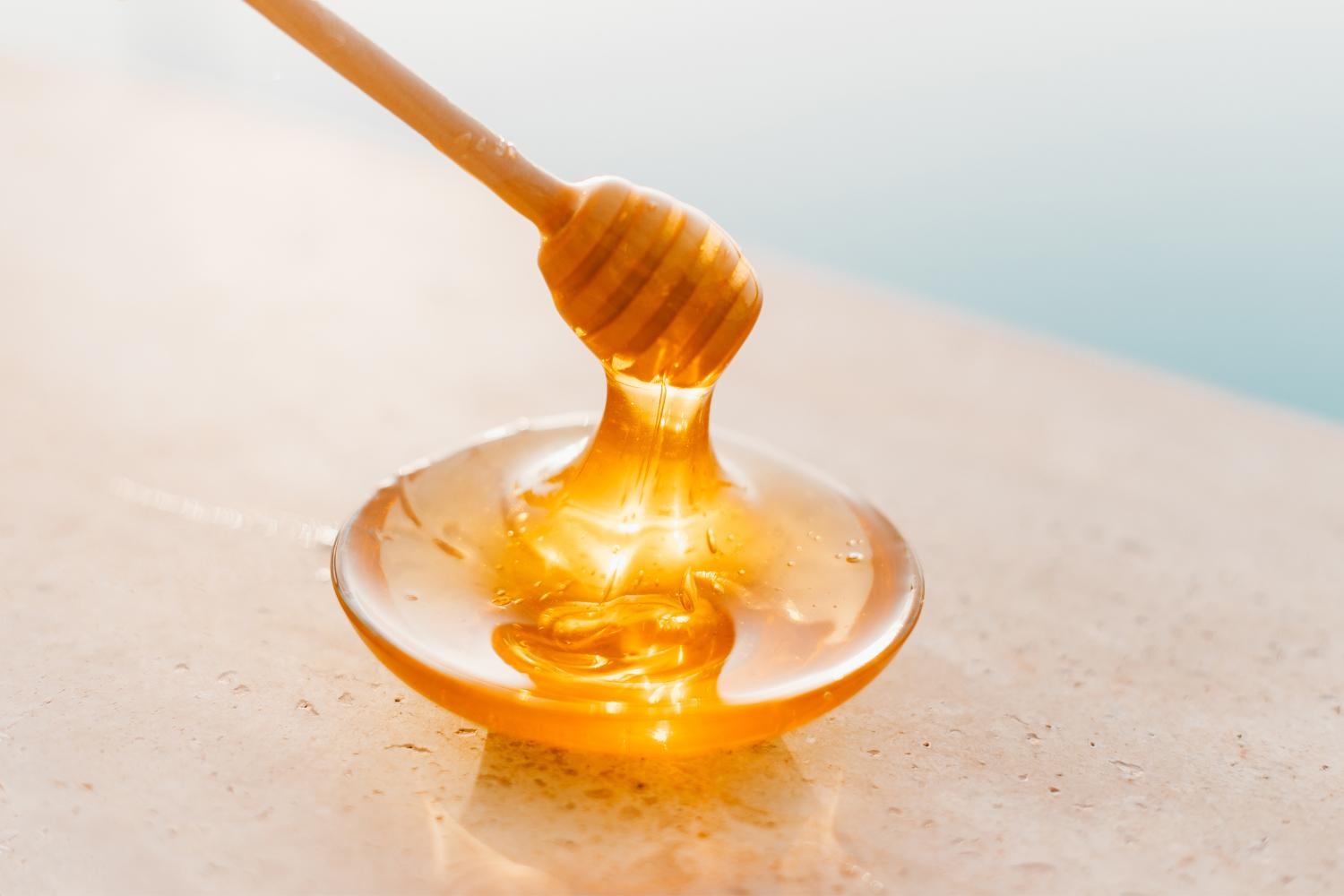
Hydrogen Peroxide
Raw honey contains Hydrogen Peroxide which helps to clean wounds. Hydrogen Peroxide activity in honey is known as the Total Activity (TA) and can have a strong antibacterial effect. The enzyme that creates the Hydrogen Peroxide in honey is an unstable compound, which has a powerful but short antibacterial effect once the honey is in contact with the skin. The enzyme responsible for the release of Hydrogen Peroxide is sensitive to heat and light and can be easily deactivated. The honey must be diluted and have access to oxygen for the enzyme to activate the Hydrogen Peroxide. This means in a deep wound or under a dressing the Hydrogen Peroxide may be less successful.6
Superstar MGO
In addition to the mentioned healing qualities of raw honey, Manuka honey also contains Methylglyoxal or MGO. MGO is a stable long lasting antibacterial and antimicrobial compound that makes Manuka honey particularly good for wound care. Manuka honey has been an effective treatment for wound care in clinical settings where other treatments have been ineffective. The MGO in Manuka honey can penetrate deeper into wounds and is longer lasting than Hydrogen Peroxide. Manuka honey is a more effective treatment against bacteria Escherichia coli and Staphylococcus aureus, the common causes of infected wounds and has been scientifically proven to reduce healing time in wounds.(6)
Nourishing the Skin
Honey also contains other bioactive compounds which have a positive effect on the skin, including Enzymes which are cleansing and pH balancing. Manuka honey contains Vitamins including Vit B & C which have antioxidant effects and beneficial Minerals potassium, calcium, magnesium and phosphorus.
Using Manuka honey in wound care can reduce scarring as it moisturises the skin, keeps wounds clean and moist during healing, kills bacteria and infections and promotes the growth of healthy skin cells. All these actions help to reduce the healing time of wounds.
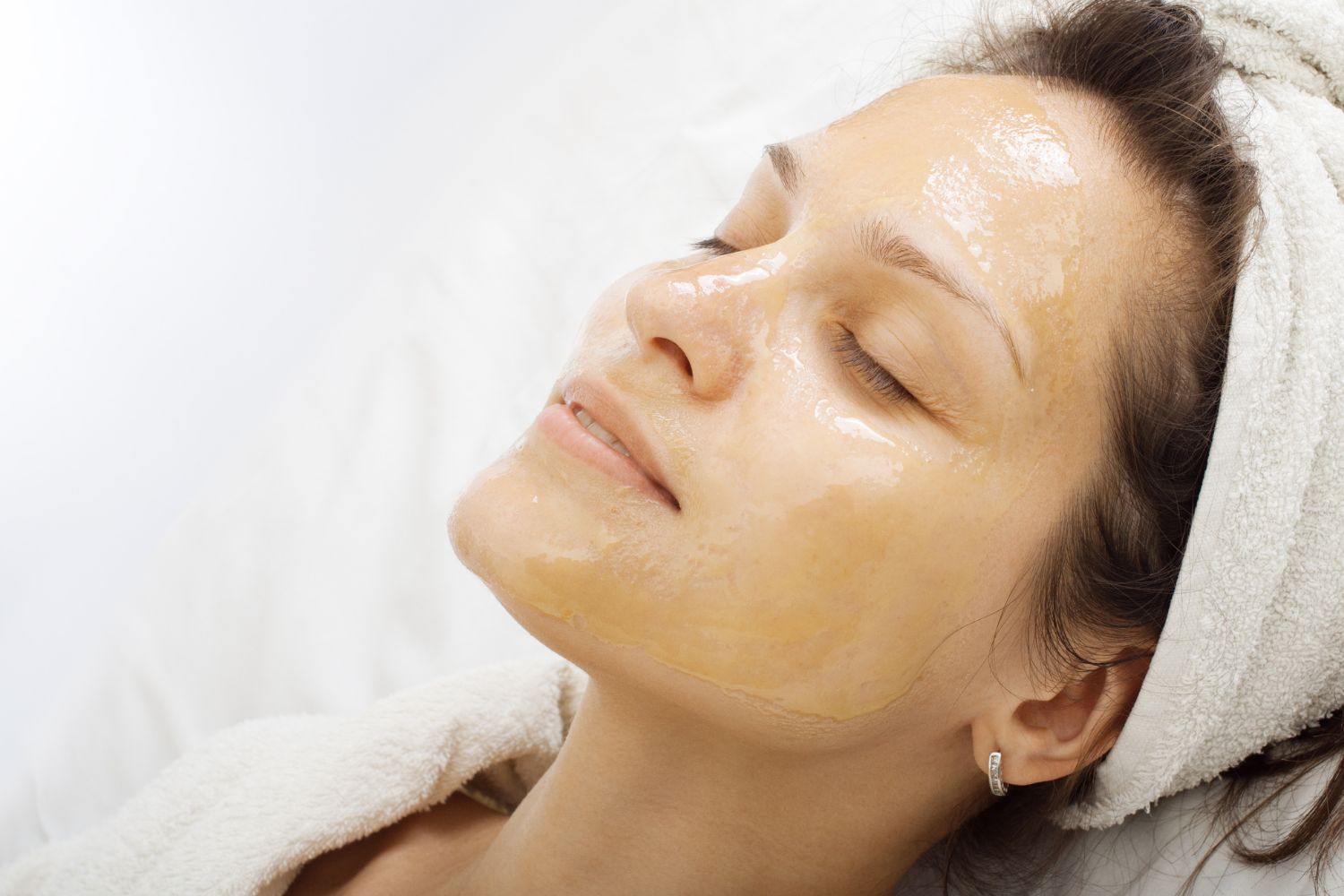
How to treat wounds with Manuka honey
The best honey for wound care is Medical Grade honey. Medical Grade Honey has been gamma irradiated to remove any botulism spores that may be present. This process makes the honey safe for use on deep wounds and for oral care. Medical Grade honey continues to retain its beneficial bioactive compounds and MGO.
How to treat wounds with Manuka honey:
Step 1: Clean the wound to remove all debris.
Step 2: Apply Manuka honey to the wound covering the entire area of the wound. Deeper wounds such as abscesses may need to be filled with honey.
Step 3: Apply a clean dry dressing to cover and protect the wound. Additional Manuka honey can be added to the dressing if required to fully cover the wound. Occlusive dressings are best as they seal the honey inside the dressing.
Step 4: Change dressing regularly to begin with, daily or every second day. You may want to clean the wound in between dressings or simply apply more Manuka honey as required. Redress the wound in the same fashion.
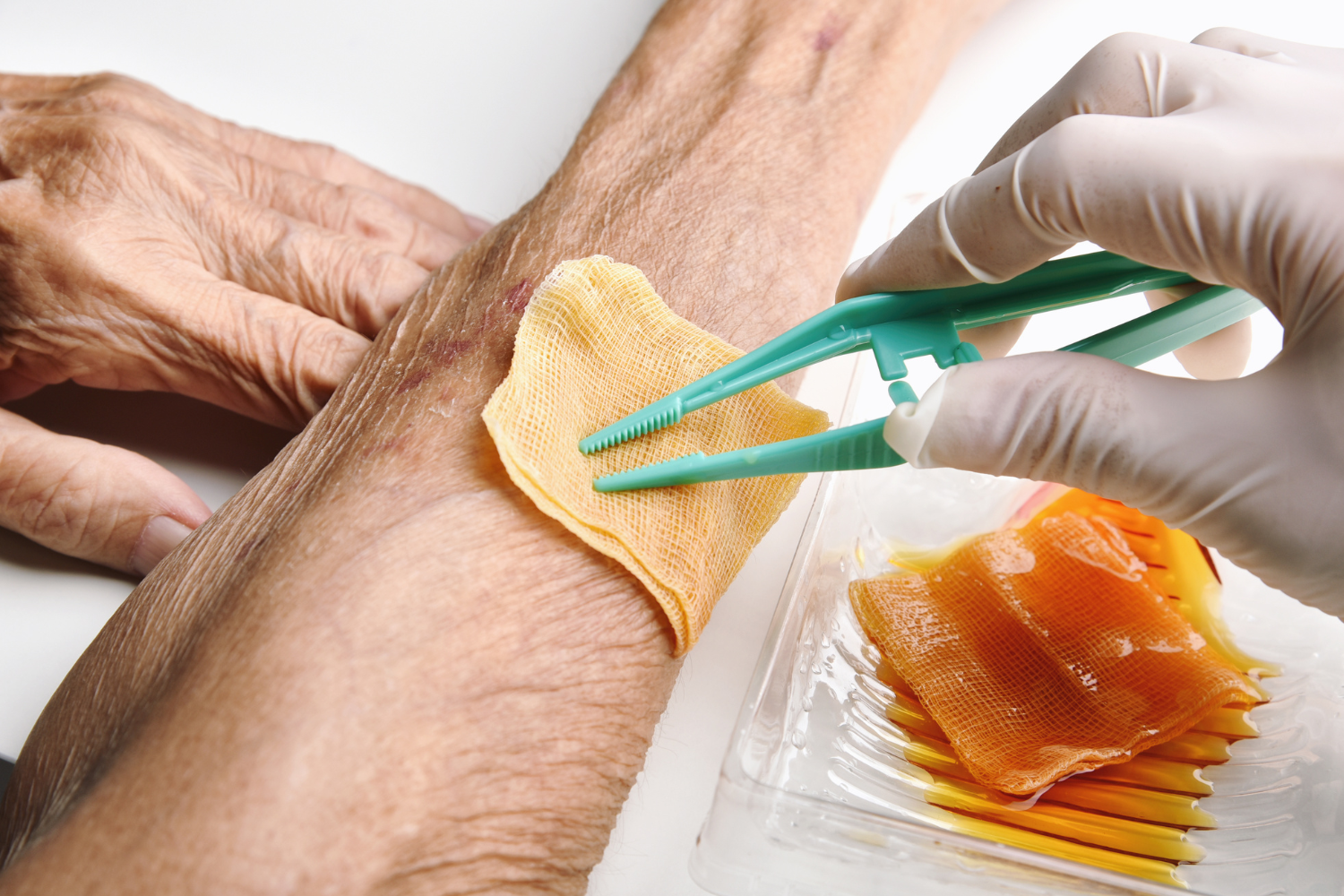
Types of wounds to treat with Manuka Honey
Medical grade honey can be very effective in healing stubborn or delicate wounds, that are in difficult place or that might be rubbed by clothing and re-opened. Manuka honey is effective for some wounds that are difficult to heal, such as wounds with an underlying infection, which reduces the natural healing process. Wound healing can also be slowed to heal due to pre-existing conditions such as diabetes.
Manuka honey can be used to treat open wounds. As mentioned, is it important, if possible, to cover the entire area of the wound as this will treat the entire wound and will also protect the wound from bacteria. If a wound is closed or inside the body, then the honey cannot work to repair the wound unless the honey can be put directly into the wound. When first applying Manuka honey to a wound it may sting slightly and then it should subside and sooth the wound.
Acne
Manuka honey is a safe and suitable treatment for acne. The honey can be used as a spot treatment or spread over the skin in a larger amount. A dressing can be applied, or you can use the honey as a daily treatment and leave on the skin for 10 minutes before washing off with warm water. A light mist of water will help activate the hydrogen peroxide enzyme of the honey.
Bed sores
Bed sores can be particularly hard to treat as they are caused by sustained pressure, reduced blood flow and damaged skin cells. The patient is often immobile or finds it difficult to reduce the pressure on the skin. Manuka honey has been found to be a more effective treatment for bedsores than other dressings. Apply honey to the affected area and cover with a dressing; clean and redress daily until you see an improvement.1
Diabetic wounds
Diabetes can reduce the body’s ability to heal itself. This means that a small scratch can become infected and end up being a major problem. Some diabetic ulcers can become so bad that amputation may be required. Manuka honey has been found to be an effective treatment for diabetic ulcers. Patients treated with Manuka honey impregnated dressings found wound healing time was reduced due the rapid disinfection from the honey. Apply honey to the affected area and cover with dressing, clean and redress daily until you see an improvement.2
Surgical wounds
It is safe to use Manuka honey on surgical wounds. The most appropriate honey to use on surgical wounds is Medical Grade honey. Apply the honey directly to the wound and dressing, redress as required.
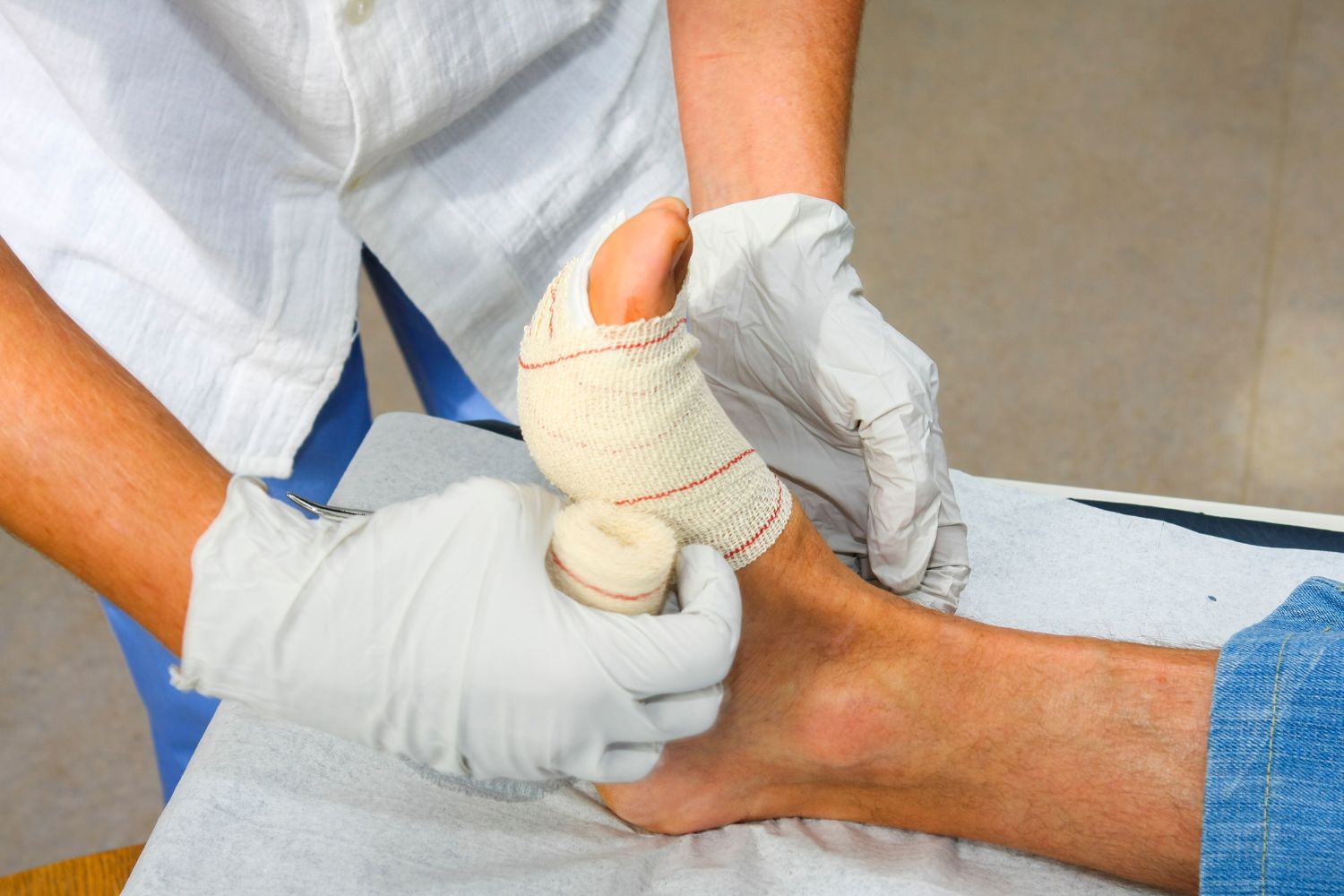
Infected wounds
In recent times we have begun to see the development of antibiotic resistant bacteria. Manuka honey has been found to continue to be effective in treating the infections caused by these bacteria. 5 If the wound is open and infected then ensure you clean the wound well, use a strong MGO honey and ensure the entire infected area is covered. Redress daily until you see improvement.
Burns
Manuka honey is very effective for treating minor burns as it reduces pain and healing time. Honey keeps burns moist at the burn site and helps to improve the healing process. Honey assists with the healing process of burns by having an anti-inflammatory effect, stimulating healthy skin cells growth and providing an antibacterial and antimicrobial layer of protection. When dressing the minor burn with Manuka honey, redress daily or every second day depending on the severity of burn.
Delicate Wounds
Our genital areas are delicate, and many forms of medicine are not appropriate for use in these places. Manuka Honey is safe to use in these delicate areas of the body.When young boys are learning to keep their foreskin clean, they may be prone to small infections and discomfort. Manuka honey can be applied directly to the affected area and may relieve symptoms. Childbirth can cause trauma to our genital areas and Manuka honey is a good option for wound healing as it is safe and effective to use. Other wounds in these delicate areas can also be treated by Manuka honey.
Additionally, we have had a customer who has used our honey for effectively treating a mild form of mastitis in the breasts whilst weening her daughter. Studies have shown to that Manuka honey is effective in treating the bacteria that cause mastitis.4
We recommend you speak to a healthcare professional or doctor if symptoms persist or you have a large, life threatening or significant wound.

Are there risks with using honey to heal wounds
Complications with raw honey
Raw honey is honey that has not been heated above 40 degrees Celsius or pasteurised. Raw honey maintains all the beneficial bioactive compounds mentioned when not heated above 40 degrees Celsius. Heating honey above that temperature may cause the beneficial compounds to be reduced or lost during this processing.
There are concerns around raw honey being dangerous. Though the risk is low, infants below the age of 12 months with developing immune systems should not ingest raw honey due to the risk of botulism spores. Raw honey is safe to apply to wounds, however if you are concerned or it is a deep or significant wound you should use Medical Grade Honey, see here.
Honey is also sticky and can be difficult to handle. That said, it is easily washed off with water.
Allergic reactions
Though rare, some people are allergic to honey. If you are unsure, spot testing honey on the skin is always a good idea. If you have a reaction to honey discontinue use.
Our Medical Grade tubes of honey are great for first aid kits, travelling and convenient to use on wounds, acne or in oral care. Our tubes are TGA (Therapeutic Goods Administration) Approved and they have been scientifically proven for effective use in wound care.
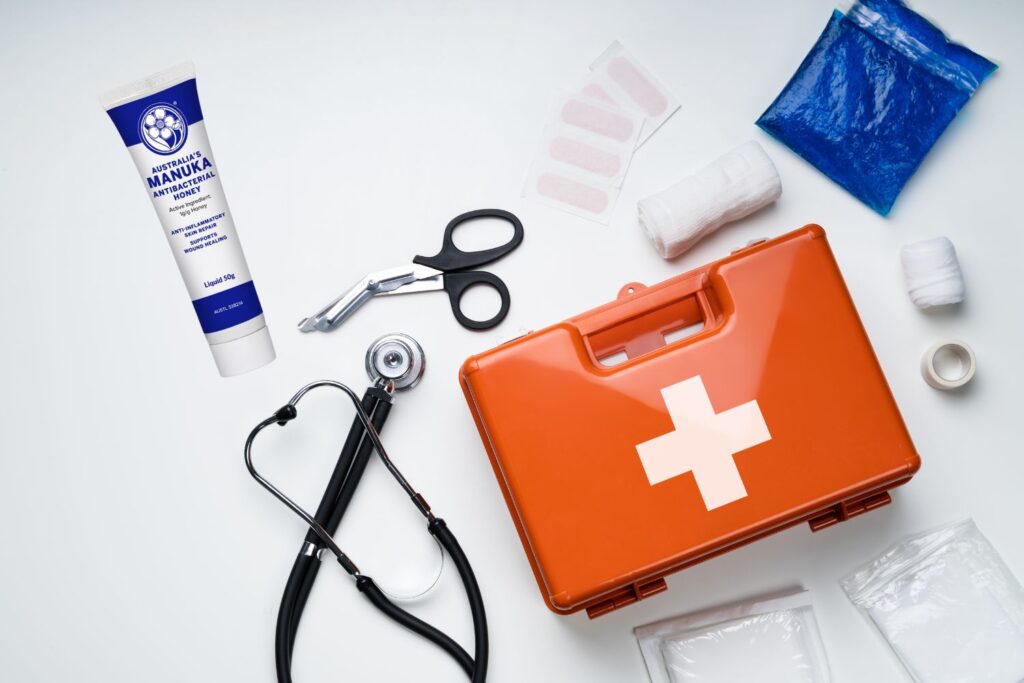
Manuka honey MGO strength
It is important to use the right strength MGO Manuka honey. If the wrong strength is used, then the honey may not work as required. There is some confusion around the rating system as there are a few rating systems used including UMF, NPA and MGO. MGO is the global standard as it is the most accurate see here for more information.
It is recommended to use at least 250+ MGO for wound care however stronger MGO such as 850+ is much more effective. This is because the higher the MGO number, the more concentrated the MGO is in the honey and the faster acting the antibacterial treatment is.
Honey has been used for thousands of years to treat wounds
Honey has been used for centuries and humans have evolved using honey as a medicine and for wound healing. First Nation Australian’s have used honey as a bush medicine for over 60 thousand years. In fact, First Nations Australian would have been the first people to discover Leptospermum (Manuka) species honey in the honey they gathered from Australian native stingless bees, known as a Sugarbag bees. Where we live in Bundjalung Nation we have many varieties of Leptospermum (Manuka) species growing. There is evidence of First Nations Australians living on country in the Bundjalung area for at least 12,000 years. Bundjalung people collect Sugarbags (the honeycomb full of honey) from the local trees and use it for medicine, trade, gifting and food.
The people of Sumer are believed the first people to document the benefits of raw honey in wound care in 2100-2000 BC. Honey remained popular for wound healing globally until the introduction of antibiotics in the 1900s. In modern times we are now seeing gut health issues from antibiotic use and serious antibiotic resistant infections. Thus, we are now seeing people turning back to honey and other alternatives for effective treatment of infection and wound care.
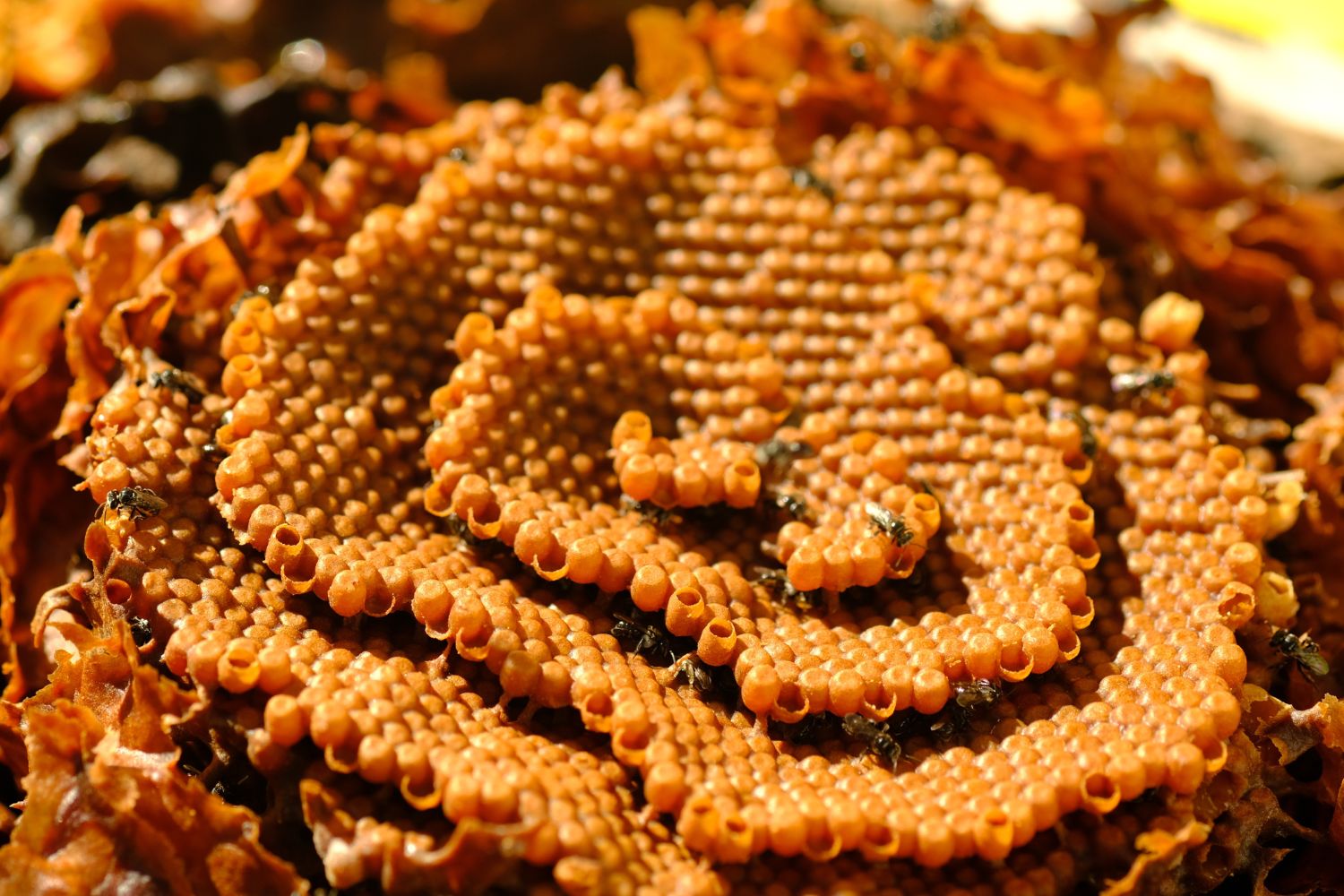
References
1.Yapucu Güneş, Ülkü; Eşer, İsmet, (2007), Effectiveness of a Honey Dressing for Healing Pressure Ulcers, Journal of Wound, Ostomy and Continence Nursing 34(2):p 184-190, March 2007. | DOI: 10.1097/01.WON.0000264833.11108.35
https://journals.lww.com/jwocnonline/abstract/2007/03000/effectiveness_of_a_honey_dressing_for_healing.16.aspx
2. Kamaratos, A.V., Tzirogiannis, K.N., Iraklianou, S.A., Panoutsopoulos, G.I., Kanellos, I.E. and Melidonis, A.I. (2014), Manuka honey-impregnated dressings in the treatment of neuropathic diabetic foot ulcers. Int Wound J, 11: 259-263. https://doi.org/10.1111/j.1742-481X.2012.01082.x
3. Kapoor N, Yadav R. (2021), Manuka honey: A promising wound dressing material for the chronic nonhealing discharging wounds: A retrospective study. Natl J Maxillofac Surg. 2021 May-Aug;12(2):233-237. doi: 10.4103/njms.NJMS_154_20. Epub 2021 Jul 15. PMID: 34483582; PMCID: PMC8386265.
4. Thatcher, A, (2004), Massey Papers, https://www.massey.ac.nz/massey/fms/DCRU10/Animal/Papers/Microsoft%20Word%20-%20Manuka%20honey%20and%20mastitis%20v2.pdf
5. Combarros-Fuertes P, Fresno JM, Estevinho MM, Sousa-Pimenta M, Tornadijo ME, Estevinho LM, (2020) Honey: Another Alternative in the Fight against Antibiotic-Resistant Bacteria? Antibiotics (Basel). 2020 Nov 4;9(11):774. doi: 10.3390/antibiotics9110774. PMID: 33158063; PMCID: PMC7694208.
6. Molan, P, (2012), Whats special about Active Manuka Honey, PDF7, Waikato University Papers
https://www.academia.edu/2187608/Pdf_7_Whats_special_about_Active_Manuka_Honey

